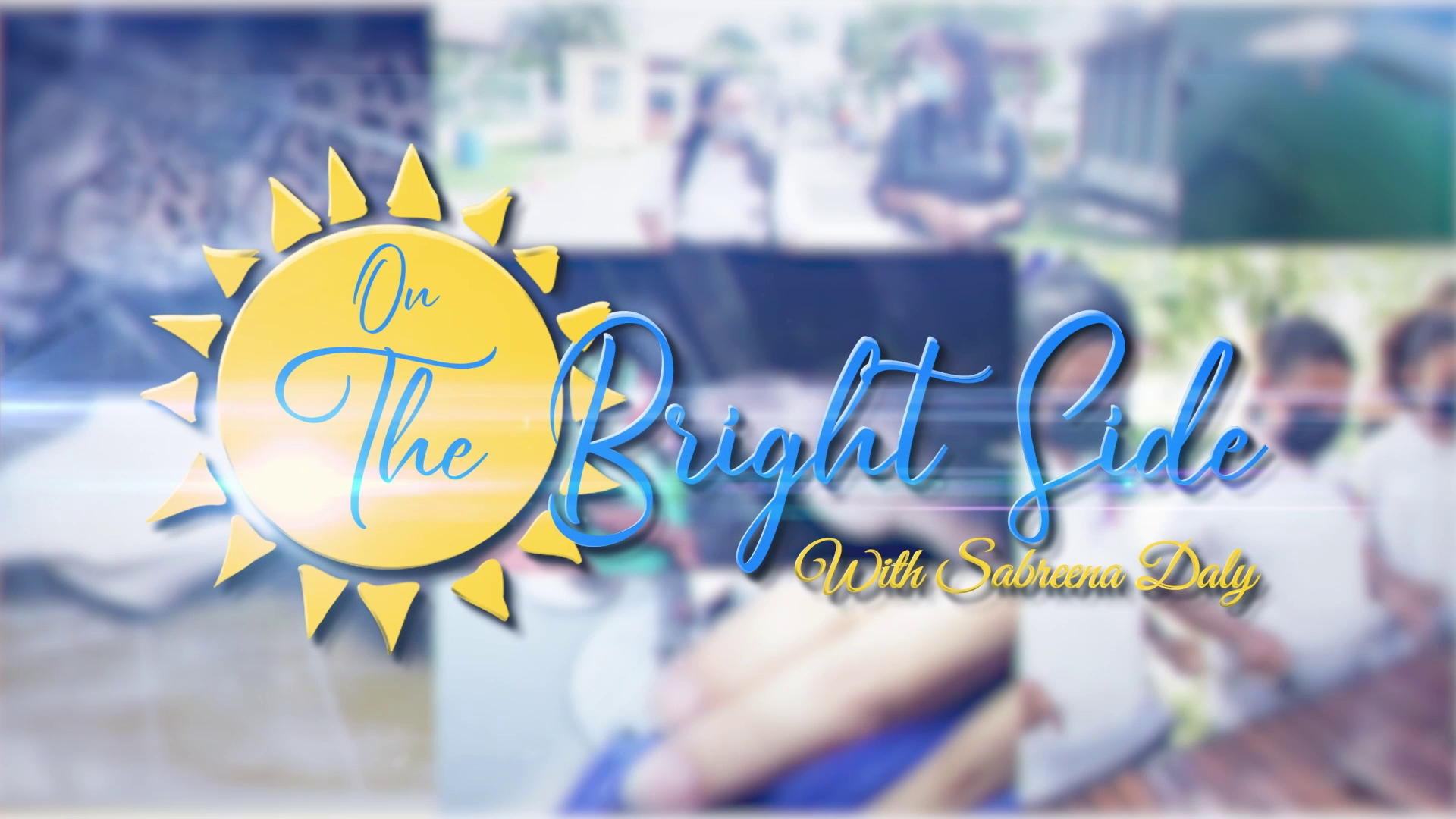In our weekly segment, On The Bright Side, we continue to explore unconventional forms of education. So far, we’ve highlighted virtual learning spaces, where online education is making strides at the primary level in Belize, and examined the Montessori approach, known for encouraging independence and confidence in children. This week, we focus on a long-standing yet often underappreciated form of education that plays a crucial role in serving a specific community—sign language. As a vital tool for communication and learning among the hearing impaired, we take a closer look at the process of learning sign language. Here’s the story.
Sheree Thurton-Gillett, Teacher, Stella Maris School
“My reason here to have the sign language classes is to allow teachers and other students to communicate with those who can’t hear so that they can feel accepted and comfortable enough to share whatever they need to share because they tend to get bored and they get frustrated because they can’t communicate with others. Even though we can’t hear, to me it’s important for us to learn their language so that they can communicate with us, and for example, since I have only one hearing impaired student, I would like him or her to know, um, if they’re understanding what I’m teaching or how it is at home. You know, stuff like that.”
“I’m standing in one of the busiest commercial places in the heart of the Old Capital. Mikado Textile Palace is not only known for its quality in fabric but also for its progressive initiative in hiring special needs workers. When walking through these alleyways, you’ll likely be interacting with hearing-impaired persons, limited to signing with each other. Or, when interacting with customers, writing on paper to speak to you. But how much better would it be if we actually knew their language?”
Teresita Gladden, Staff, Mikado Textile Palace
“On a daily basis, we have approximately a hundred customers walking through our doors. We have Mr. Glenford and Shane that the customers interact with. Whether it’s with a pen and a piece of paper or with their phones. They would assist the customers with curtains, comforters, bedsheets, anything that they needed, or even help them. There are few customers that come in and know sign language, and they interact with the guys very much. But we try to also understand Glenford and Shane. Whether it’s by a piece of paper or some of the girls in here, they’re also learning sign language through them.”
Sheree Salgado, Teacher, Stella Maris
“It’s very important for us to spread the word of persons who are hearing impaired, or we call them deaf. It’s not only for those persons, but it’s for those people in the society as a whole, persons who will be able to communicate with them. So you don’t have to be deaf or hearing impaired for you to learn sign language. What I have to say to the general public as a whole, if you see a student or a person who is hearing impaired, it’s not hard for you to learn their language. You have to be interested, first, to want to know how to communicate with these students. And that’s the reason why we embarked on this sign language course that Ms. Thurton is doing right now. So that we can invite others to come in and learn a language so that they will be better able to communicate with these persons living with hearing impairment.”
Sheree Thurton- Gillett
“It’s just simple classes most of the time I’m willing to give classes to help them communicate with those who can’t hear or just to have them have something else on their resume. I find that it’s more needed now than ever because there are more hearing impaired students just coming up and coming out more. So we need to equip ourselves at least with the basic science.”
Looking on the Bright Side, I’m Sabreena Daly.
